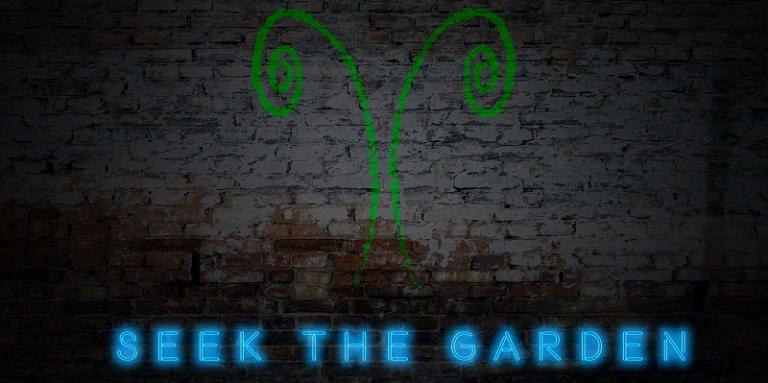
Commonwealth: A Novel of Utopia, part 1, chapter 6
Author’s Note: This is an excerpt from my novel Commonwealth. The rest of today’s installment is free, but only on my Patreon site. If you want to read the next part today, it’s already up on Patreon as well. You can sign up for as little as $1/month, or $2 for exclusive author’s notes and behind-the-scenes material. There’s also a table of contents for all published chapters.
On August 12, New York City had its first case of plague in over a hundred years.
Breakdowns in the sewage system had become daily occurrences. The city’s overwhelmed wastewater engineers raced from one disaster to another, breaking up clogs and patching leaks, falling further behind all the while.
Morale Secretary Remington said on the evening news, “The only legitimate purpose of government is to enforce voluntary contracts and protect men from violence. All else is statism, a monstrously evil doctrine which holds that the biggest gang around has the right to extort your property and enslave you at the point of a gun.”
The city’s emergency manager cut the sewer budget by one-third.
The stock price of MuniSan dropped as more people canceled their subscriptions. Fewer and fewer New Yorkers wanted to be the suckers who paid for trash pickup while their neighbors got away with letting their garbage fester in the streets. Littering was illegal, but the fines were trivial, it was almost impossible to catch anyone in the act, and the problem was so overwhelming that the police rarely bothered.
As the garbage piled up, it clogged storm drains and treatment plants – plastic bags, soggy cardboard, chunks of styrofoam, dirty diapers, congealed lumps of grease and fat, sanitary pads, used condoms, dead animals, tangles of hair. Sewage backed up into the municipal water system, infiltrating the pipes that ran to apartments where people swiped their credit cards to fill glasses and pitchers from the tap.
Cholera and dysentery crept back into New York City. They appeared in the reclamation zones first, but spread slowly into wealthy neighborhoods. Following them came other waterborne diseases: typhoid fever, rotavirus, leptospirosis, norovirus, giardiasis. On tens of thousands of sickbeds, men, women and children retched, vomited and convulsed. The city Department of Health had been shut down as an infringement on liberty and property rights, so there was no one to order quarantines, and the sick went out and contaminated every surface they touched and began the cycle of contagion anew.
Meanwhile, other diseases reappeared, spread by rats, flies and mosquitoes: first bubonic plague, then malaria, yellow fever, dengue fever, chikungunya, West Nile virus, Zika fever, St. Louis encephalitis. In the feverish heat of the summer, a thousand pathogens found fertile soil, grew and swelled. An old darkness, once banished by public hygiene laws, woke from its long sleep and stretched subtle fingers into the crevices of the city.